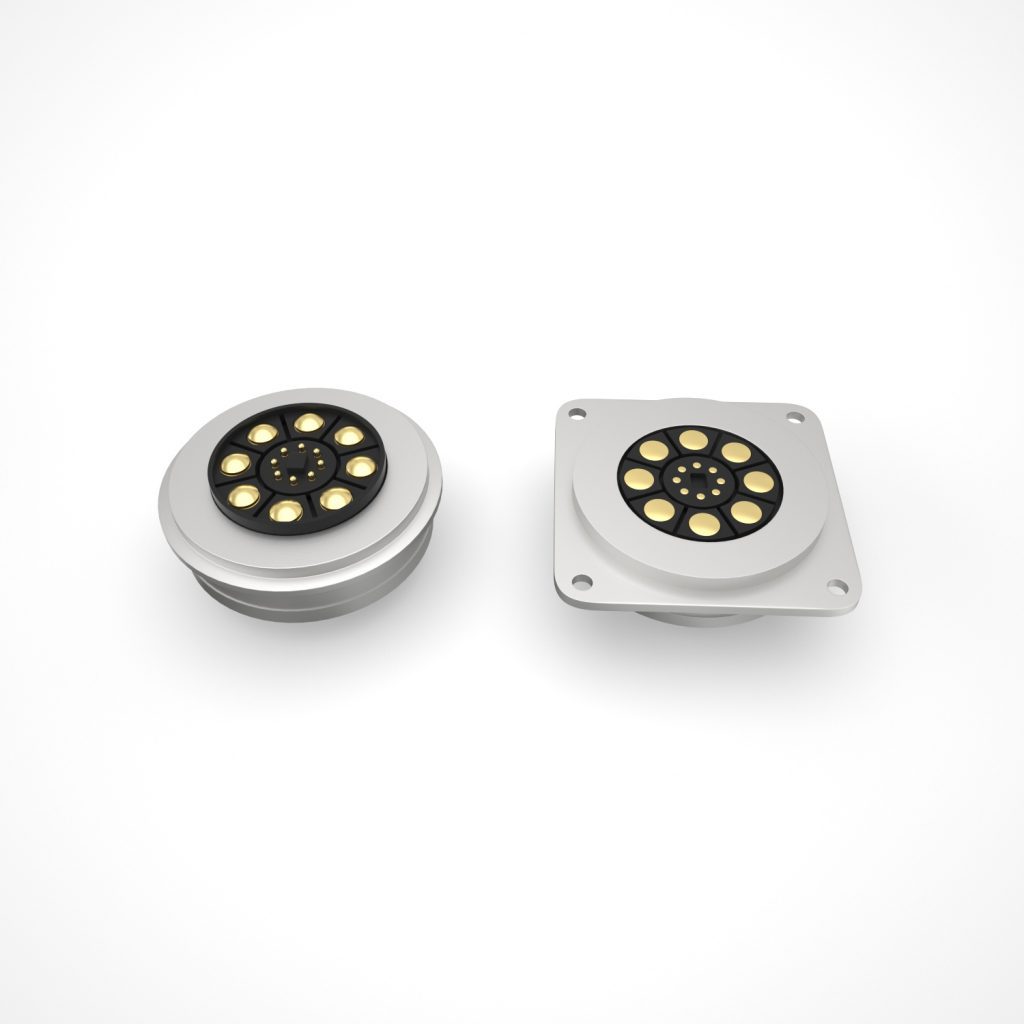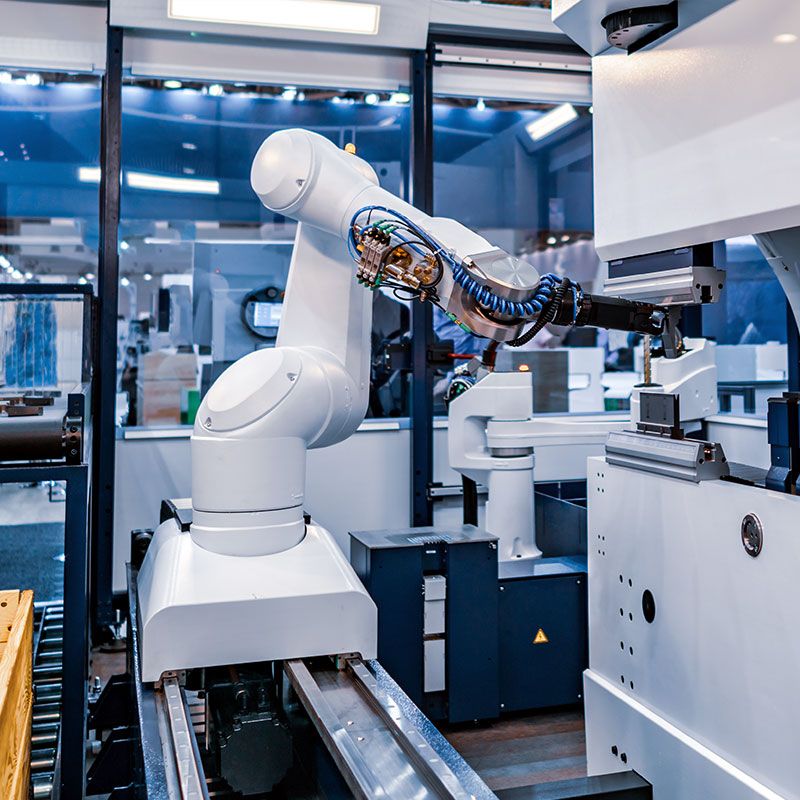The purpose of this article is to examine the role of high current pogo pins in hearing aids.
Hearing aids are devices that assist individuals with hearing loss to perceive sound. They are designed to be worn in the ear and are powered by a battery. The battery is connected to the hearing aid by a wire, which is in turn connected to the hearing aid by a pogo pin.
The pogo pin is a small connector that allows the battery to be connected to the hearing aid wire. It is responsible for transferring the power from the battery to the hearing aid wire. Without this transfer of power, the hearing aid would not be able to function.
The pogo pin is therefore an essential component of the hearing aid. It is a small but crucial part of the device that allows it to operate effectively.It is possible to consider high current pogo pins as the lifelines of a hearing aid. They can be likened to tiny power conduits, ensuring that the device receives the energy it requires to function correctly. These connectors guarantee that the hearing aid runs without any interruptions, providing clear and reliable sound.
In the context of the fast-paced world of hearing technology, precision and reliability are of the utmost importance. It can be likened to having a dependable friend who is always there when needed. High current pogo pins are particularly adept at providing strong connections due to their spring-loaded design. They reduce resistance, prevent signal drops, and deliver power with pinpoint accuracy.
Imagine a team of superheroes, each with their own unique powers. This is analogous to the way in which high current pogo pins work in your hearing aid. They come together to form a powerful network, enabling seamless operation of microphones, amplifiers, and speakers. The process of charging a hearing aid is analogous to fuelling a vehicle for a long journey. High current pogo pins ensure a secure and efficient connection between the hearing aid and the charger, facilitating a rapid and sustained charge throughout the day.
The aforementioned pogo pins, which operate at high currents, are not only capable of facilitating the transmission of sound but also of maintaining the overall durability of hearing aids. By reducing wear and tear on connectors, they extend the lifespan of the device. This is analogous to the durability of footwear, which is enhanced by the design of the shoe itself.
In summary, high current pogo pins represent the foundation of hearing aid technology. They ensure the reliable transmission of sound and the efficient charging of the device. Consequently, on the next occasion that you experience the clear sound from your hearing aid, it would be prudent to recall the pivotal role played by the high current pogo pin in enabling this outcome.



